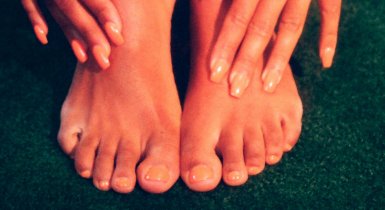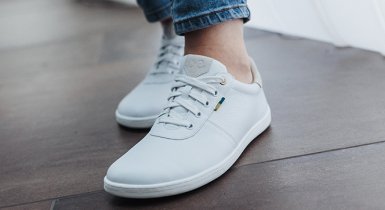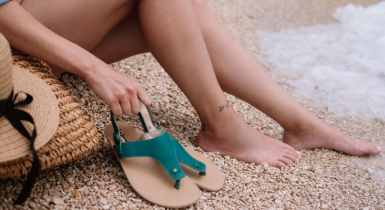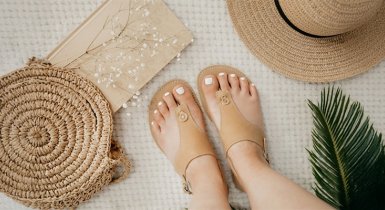Can the Right Shoes Prevent Back and Joint Pain?

Your back has been acting up again? You might blame your spine, but the real cause could be in your shoes. The wrong footwear can quietly change your posture, overload your joints, and even trigger chronic pain. Let’s explore how it happens and what you can do about it.
Table of contents
- How do shoes affect body posture and health?
- What damage do high heels really cause?
- How can you prevent back and joint pain through better footwear?
- What should you look for in healthy shoes?
- Why are barefoot shoes a smarter choice?
- What health benefits can barefoot shoes bring?
How do shoes affect body posture and health?
Our feet are the foundation of the entire musculoskeletal system. They carry our full body weight and absorb impact with every step. When shoes don’t fit properly — too narrow, too stiff, or elevated at the heel — they disrupt this foundation. This sets off what experts call the kinetic chain, where one misalignment affects another: foot → ankle → knee → hip → back.
Poor footwear can lead to:
- Flattened arches and joint misalignment
- Chronic lower-back tension
- Hip and knee strain
- Headaches caused by bad posture
What damage do high heels really cause?
High heels force the body into an unnatural position. When the heel is raised, weight shifts forward to the toes, disturbing spinal alignment.
Key effects of high-heel wear:
- The chest leans forward, pelvis tilts, and the spine’s natural “S” curve flattens.
- Back muscles overwork to keep balance.
- Nerve compression can cause radiating leg pain.
Occasional heels are fine, but long-term use leads to chronic discomfort and poor posture.
If style matters, save high heels for special occasions — and let your feet recover in flat, flexible shoes the rest of the time.
How can you prevent back and joint pain through better footwear?
Healthy movement starts with conscious footwear choices. To support natural alignment:
- Avoid elevated heels — they shift weight unevenly.
- Skip narrow or pointed toe boxes — they restrict movement.
- Choose shoes that mirror the natural shape of your foot.
- Prioritize lightweight, flexible soles that let your feet sense the ground.
Small daily choices — like choosing flat, flexible shoes — can drastically reduce chronic tension in your spine and hips.
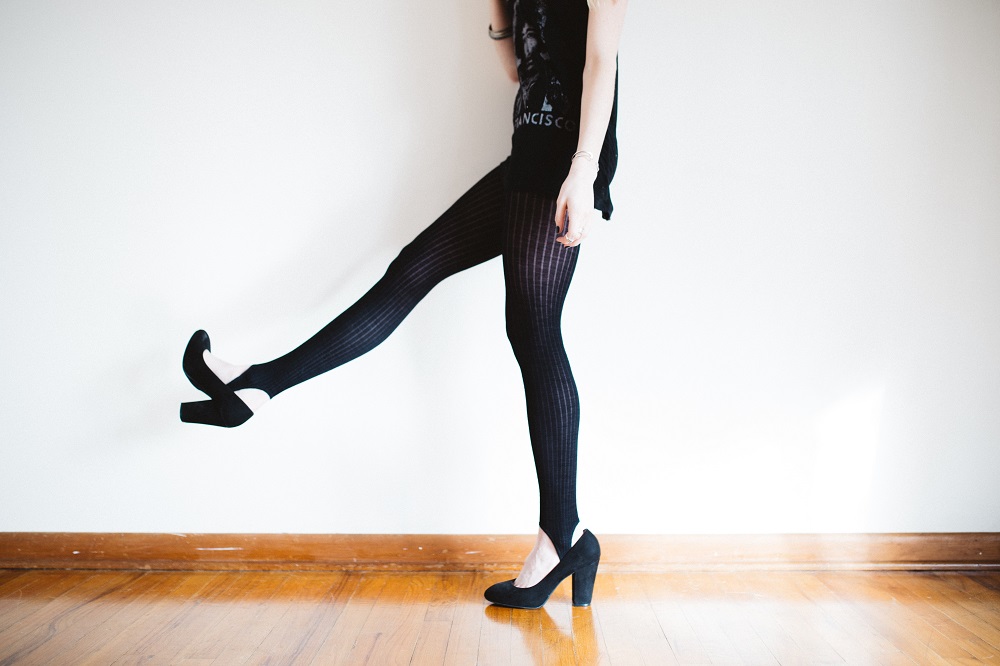
What should you look for in healthy shoes?
You don’t need a degree in biomechanics — just observe your own feet. Their natural form reveals what good footwear should do:
The 3-point barefoot rule:
- No heels — your entire foot should stay level.
- Wide toe box — let your toes spread and stabilize your step.
- Thin, flexible sole — feel the ground and move naturally.
Shoes that follow these principles reduce pressure, improve posture, and strengthen muscles.
Why are barefoot shoes a smarter choice?
Barefoot shoes recreate natural walking mechanics while protecting your feet.
They’re lightweight, flexible, and encourage better body alignment from the ground up.
Core features of barefoot shoes:
- Sole thickness up to 6 mm for ground feedback
- Zero-drop heel for natural balance
- Wide toe box for unrestricted movement
- No rigid inserts or arch supports
- Minimal weight for effortless motion
These features help your body rediscover its natural rhythm — the way it was designed to move.
What health benefits can barefoot shoes bring?
- Stronger muscles and better balance
Using your intrinsic foot muscles stabilizes the entire body, improving posture and gait. - Pain reduction
Correct weight distribution relieves stress on knees, hips, and spine. - Full-body reset
Restoring natural alignment affects your entire kinetic chain — from feet to head. - Enhanced proprioception
Feeling the ground beneath your feet improves stability and confidence with each step.
Back pain, poor posture, and joint strain often start where we least expect — at our feet.
By switching to barefoot shoes, you give your body the chance to move as nature intended: balanced, upright, and pain-free.
Healthy posture isn’t about effort — it’s about freedom of movement. Start from the ground up.
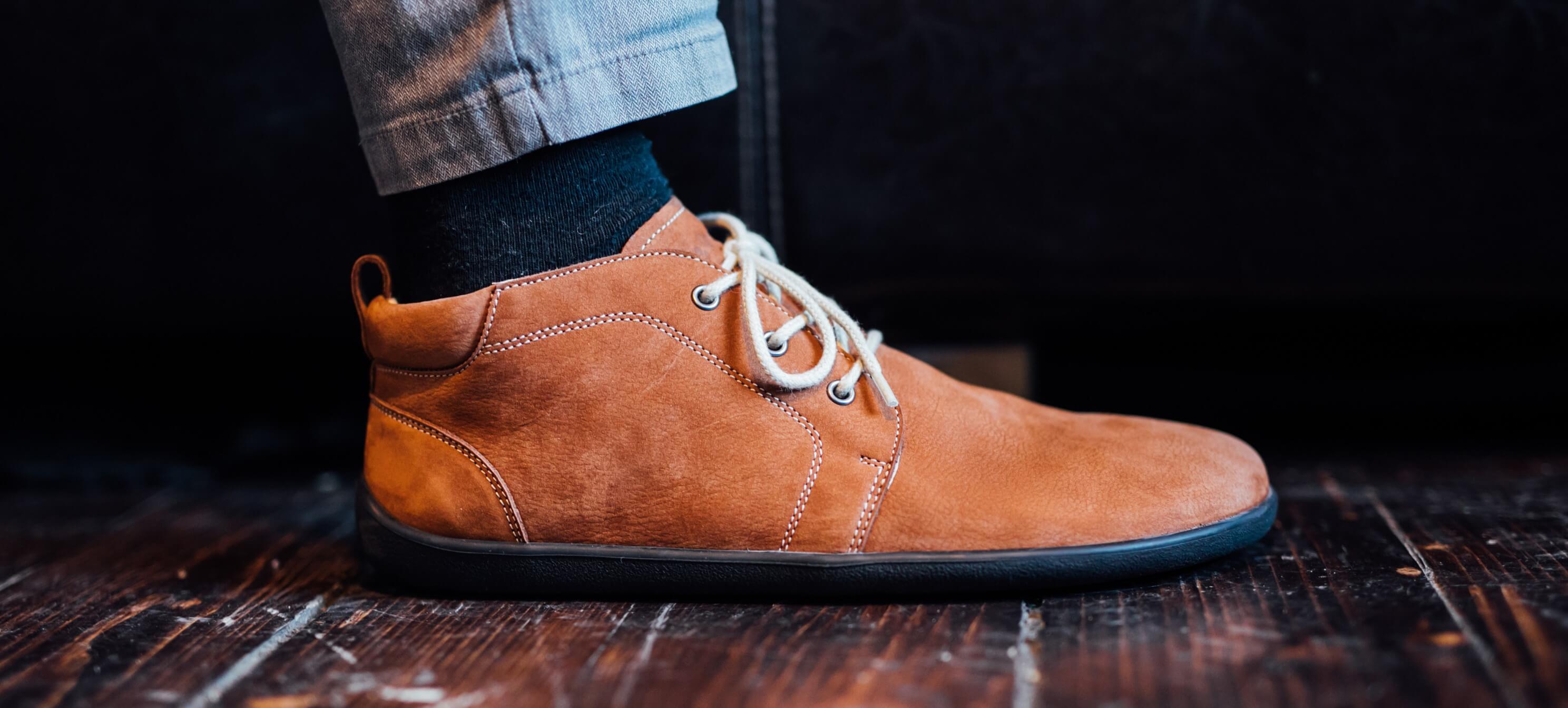
Sources
- Mendes, A., & Kimura, H. (2024). Footwear design and spinal posture: A kinetic-chain analysis. Gait & Posture, 106, 44–53.
- Torres, R., & Collins, R. (2023). Effects of minimalist shoes on joint load and lower-back pain. Frontiers in Sports and Active Living, 5, 1187342.
- Lee, J., & Novak, A. (2022). High-heeled footwear and musculoskeletal stress in women: A biomechanical perspective. Journal of Bodywork and Movement Therapies, 29(2), 201–210.
Can wearing heels cause long-term back pain?
+ -Yes. Prolonged heel elevation disrupts spinal alignment and overworks back muscles.
Do barefoot shoes really help posture?
+ -They support natural balance, reduce tension, and promote proper muscle activation.
Are barefoot shoes suitable for everyone?
+ -Yes, but transition gradually to allow your muscles to adapt.
How long does it take to feel improvement?
+ -Many users notice relief within weeks of consistent use.
 DE / USD
DE / USD

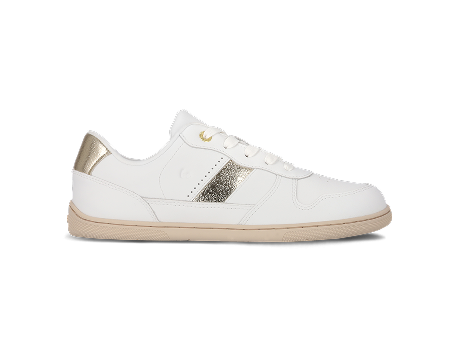

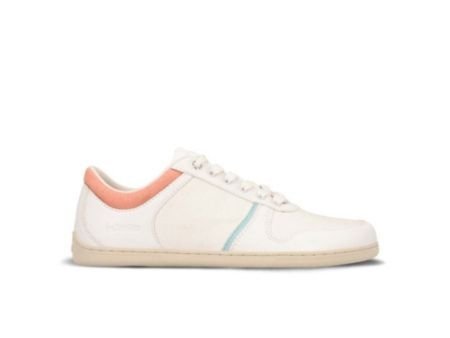
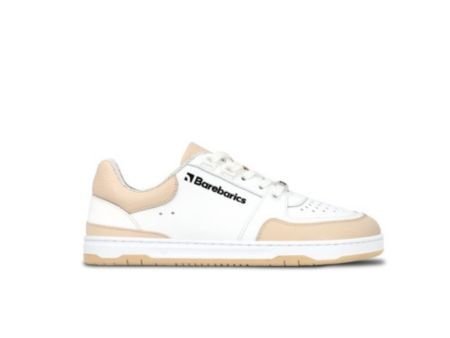

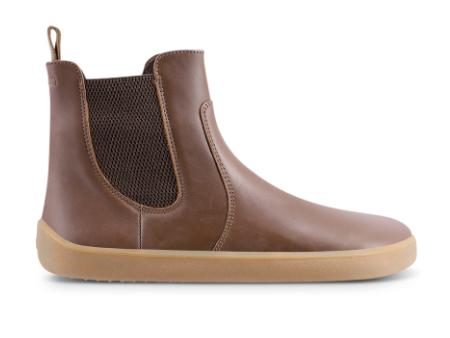


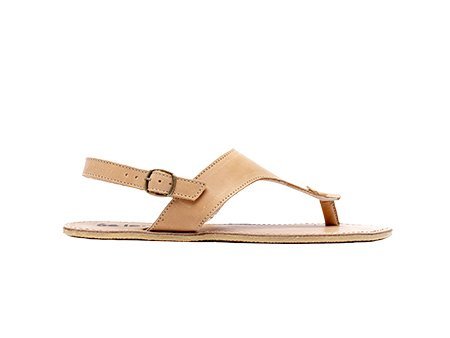
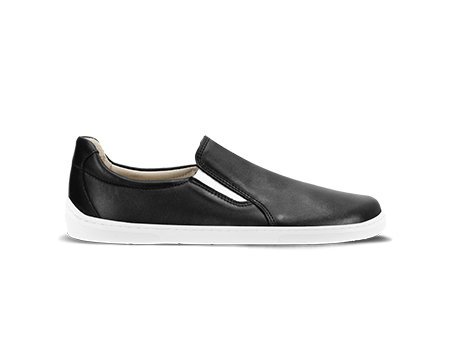

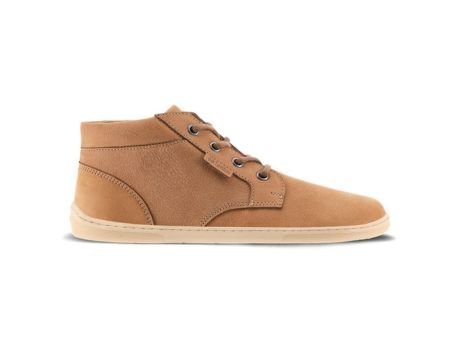

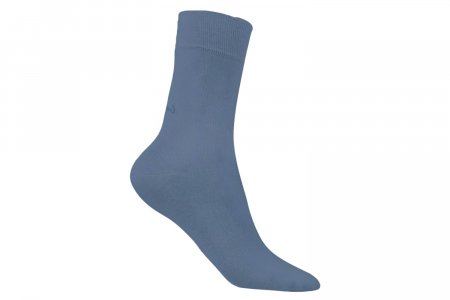
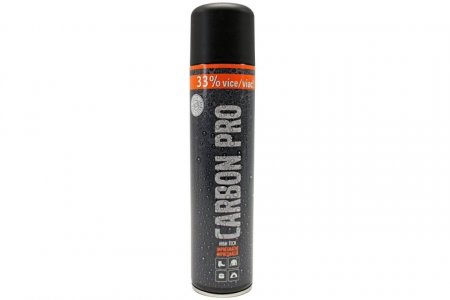
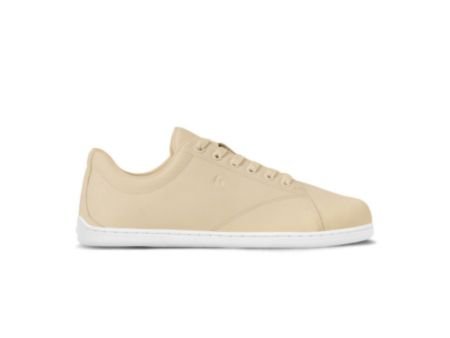
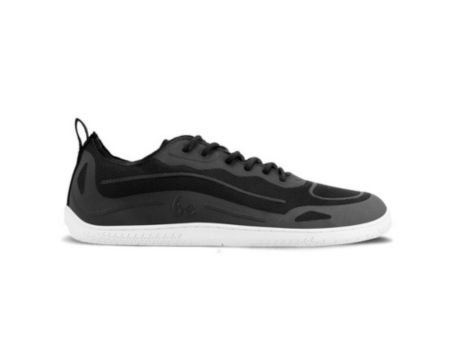
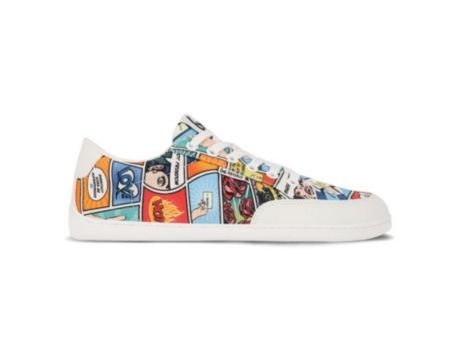

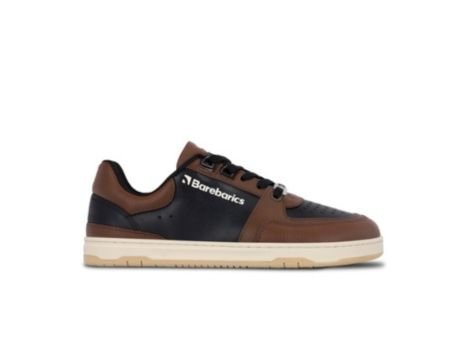


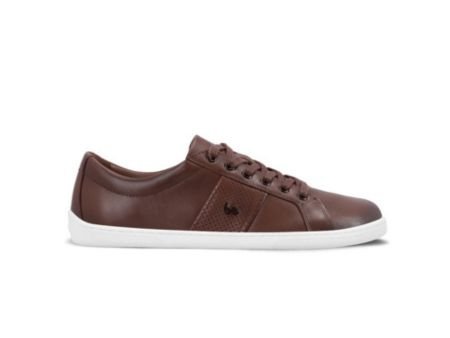
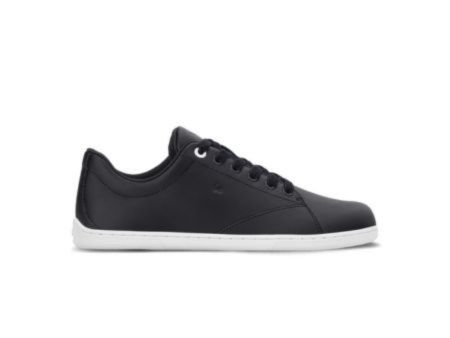
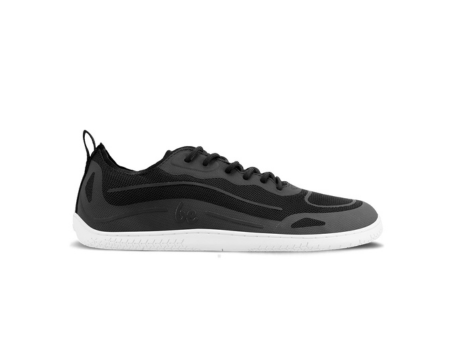

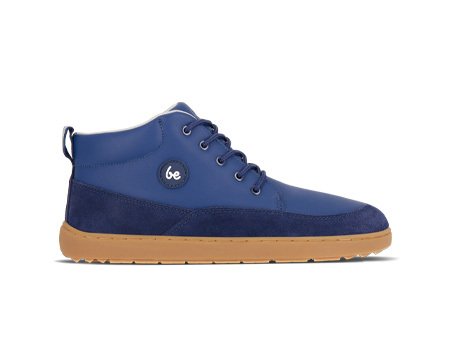

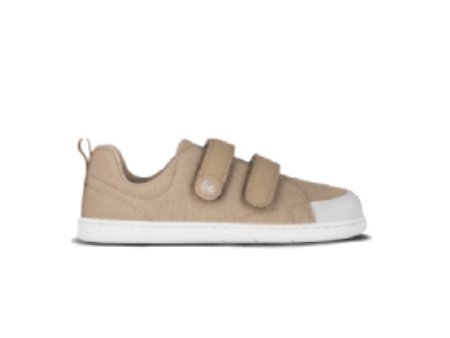

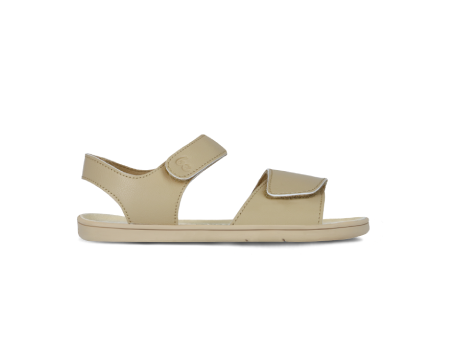
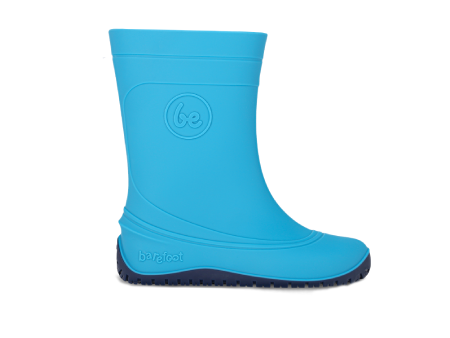
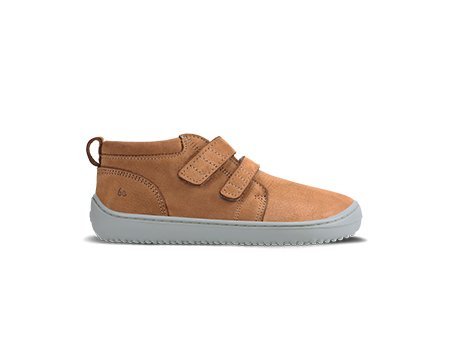
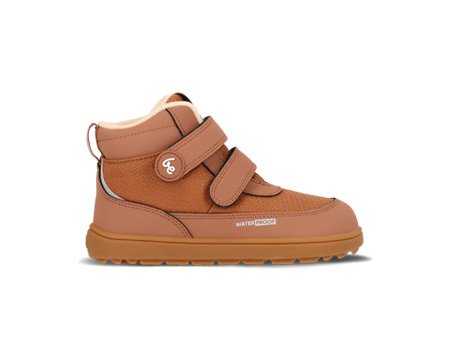
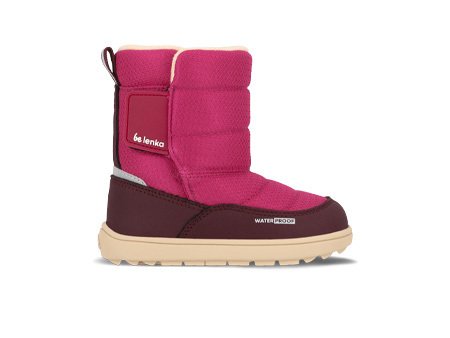

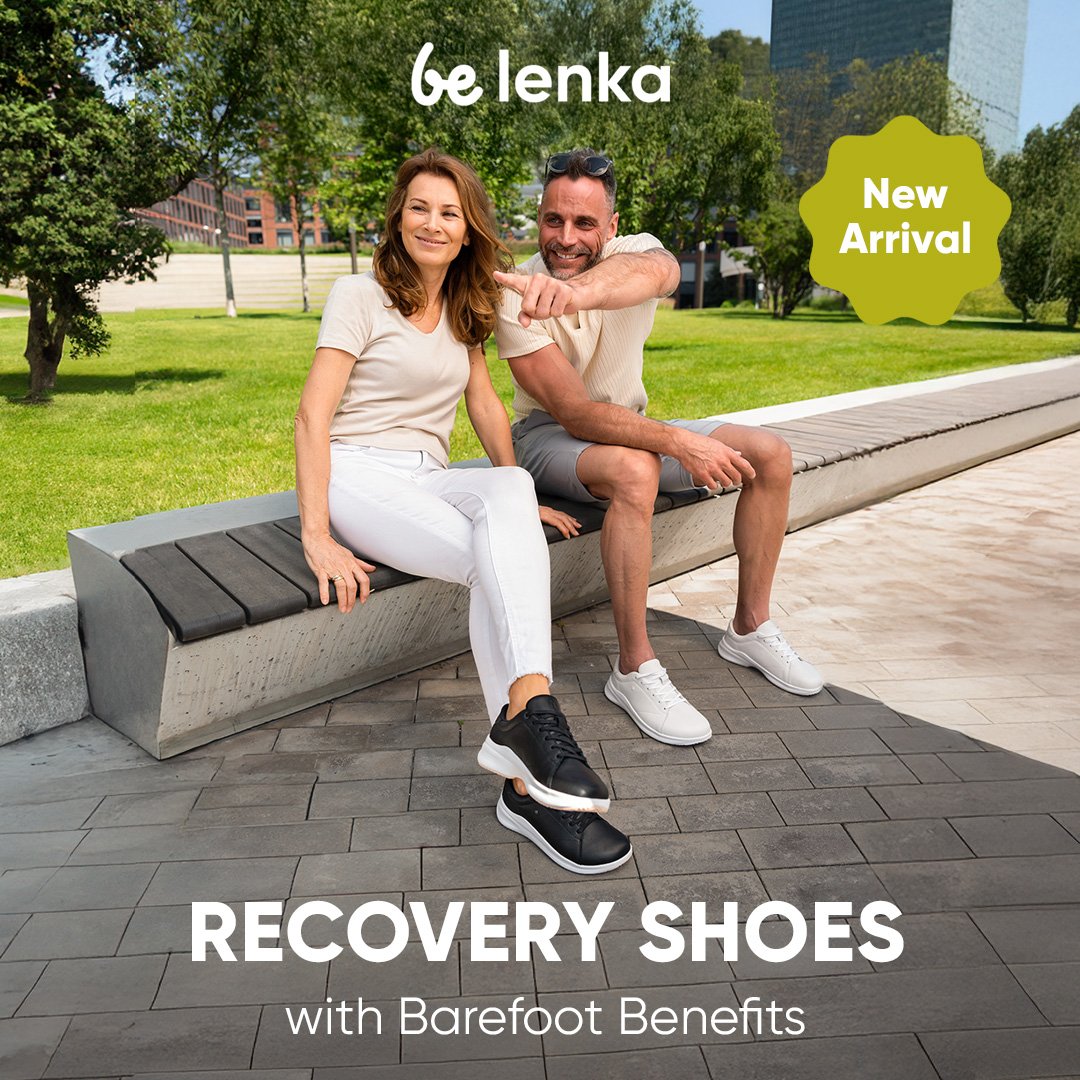
 Be Lenka
Be Lenka

